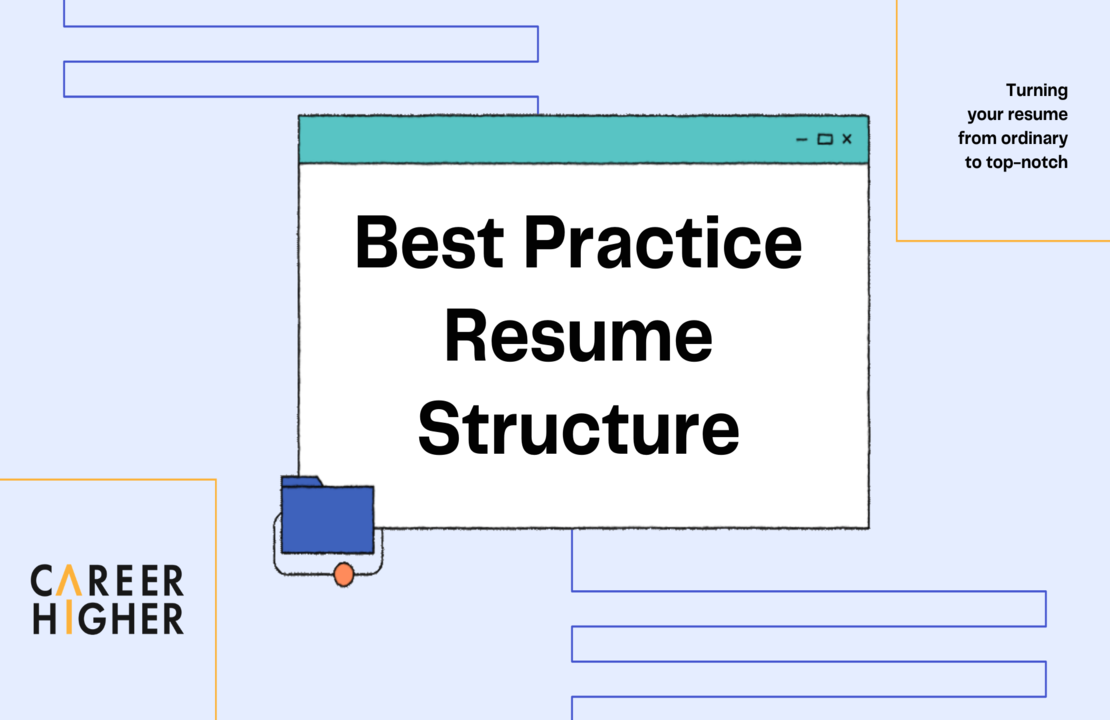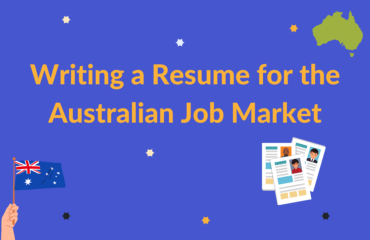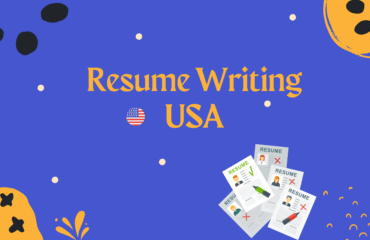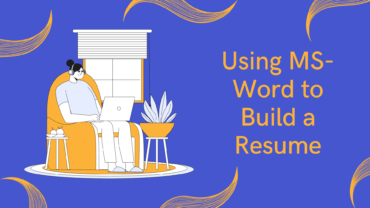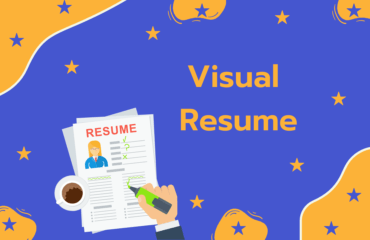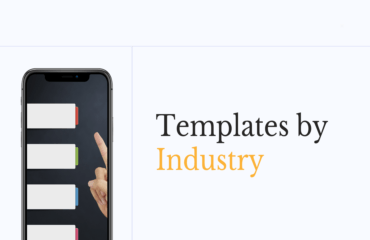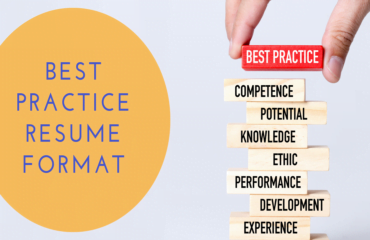Table of Contents
Does it take more than great content to create an interview-winning resume? The answer would be a definitive yes, as a clean and coherent structure is equally important to developing a well-written resume. An unstructured resume is likely to create a bad first impression that can result in disqualification from the hiring process. In this article, we will discuss the components of a best-practice resume structure. The presentation of these components is based on the order of each section in a resume apart from exceptional circumstances.
1. Personal Details
This section remains uniform for all mid-level, senior, and entry-level candidates. It includes your name, address, phone number, and LinkedIn profile address. These are the most relevant aspects that should be a part of this component. It should not cover too much space in the resume yet include all relevant details and highlight your name. An efficient way of doing this is shown below.

Resume personal details example
2. Professional Summary
Your professional summary section briefly describes your overall experience and expertise to the reader. Its main focus is to highlight the benefits that you can deliver to your target employer. The section is positioned right after the personal details in all resumes irrespective of the candidate’s experience.
The content of this section differs depending on your experience. If you are a mid-level or a senior-level professional, it is recommended to convey your expertise in the professional summary. However, if you are a fresh graduate, you should talk about your academic projects and internships. As an alternative, many professionals use the ‘objective statement’. This is a summary of your interests and career goals that tends to shift the focus from the employer to the candidate. We strongly suggest sticking with using the ‘professional summary’ section as it is known to help sell your candidacy more effectively.
3. Key skills
The key skills section aims to cover the relevant skills required for a job role. These keywords are usually added on the basis of ATS scan results and ideally need to be updated for every job application. This is crucial for ATS scanning as well as recruiters hiring managers, and other stakeholders. It is ideally positioned after the professional experience section for all professionals.
Professionals applying for technical jobs may have another ‘Technical Skills’ section at the bottom of their resume. The main difference between the key skills and technical skills section is that the former covers the most importantly soft and hard skills while the latter covers specific technical skills required by the job. For example, the technical skills section for a UX designer could have skills such as Digital 3D Prototyping, CB Analysis, SWAT, etc.
4. Professional Experience
The professional experience section demonstrates your skills, expertise, and industry achievements. A common mistake that most professionals make in this section is using non- ATS friendly titles like ‘Internships’, ‘Projects’, or ‘Jobs’. We strongly suggest naming it ‘Professional Experience’ whether it covers full-time, part-time, temporary, seasonal or contractual job roles. For mid-level and senior professionals, this section is positioned after the key skills section whereas, for a graduate, we recommend leading with the education section.
5. Additional Experience
This section is added to your resume based on the relevance of your experience with your target job. For example, if you are applying for a Digital Marketing position and have previously worked in HR, the latter needs to be added in the ‘Additional Experience’ section. This ensures the proper organization of your related and unrelated jobs.
Another aspect that needs to be considered is your length of experience. It is best practice to focus on the most recent experience, as the latest and more senior roles are considered to be the most relevant. For this reason, it is recommended for senior professionals with over 10 years of experience to utilize the Additional Experience section for older positions.
6. Voluntary Experience
The Voluntary Experience section focuses on the work done voluntarily without being paid. The roles are listed separately and typically placed after the professional experience section. Adding voluntary roles can be beneficial under the following circumstances.
- If they are relevant to the target job- for example, if you have worked in the HR department of a social organization as a volunteer and are applying for an HR role, adding it to your resume will be highly beneficial.
- The candidate has less paid experience- for example, fresh graduates or professionals looking for a career change usually do not have relevant paid experience in their target industry.
- There is an employment gap in the resume.
7. Professional Certifications
This section covers the qualifications that affirm you’ve acquired the competencies and knowledge required to perform specific tasks successfully. Professional certifications and licenses should only be included if they are related to or required by your target job. These are typically positioned at the bottom of the resume depending on the preference and importance.
8. Education
The importance of the ‘Education’ section in an experienced professional’s resume differs from a graduate’s resume. For mid-level and senior-level candidates, the education section should be placed at the bottom and cover higher education at a high level. However, a graduate’s resume is positioned before the experience section and should cover details of undergraduate and graduate degrees with an extensive description of projects undertaken. This is because, for a fresh graduate, their academic record is the most relevant section, describing their strengths and achievements, whereas, for an experienced professional, industry experience is what matters the most.
An effective resume structure is aligned with your experience and target job. It needs to be perfectly formatted to ensure a good presentation for the reader. A well-written resume with a clean and coherent structure will allow you to stay ahead of the competition and land an interview. If you believe your resume is not adding as much value as it should, seek advice from a professional resume writer or a career consultant to take another step towards landing your dream job.
